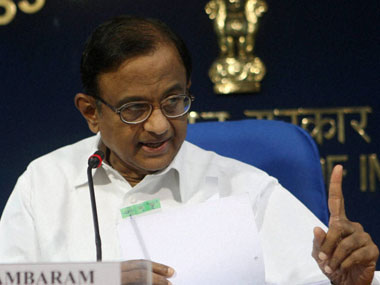Just when global asset classes were beginning to recover from the panic attack from last week’s Fed announcement of a gradual wind-down of the easy money policy , Fed officials have twisted the knife in the wound even further.
Overnight, two officials chimed in with the classic good-cop-bad-cop routine, one seeking to warn moneybags not to bet against the Fed, and the other offering words of solace suggesting that the markets had no reason to panic in the way they have.
In an interview to Financial Times, Richard Fisher, president of the Dallas Federal Reserve, warned what he called the “feral hogs” of financial markets - which hunt in packs - against trying to force the Federal Reserve to back away from its plans to unwind the Quantitative Easing program for fear of seeing interest rates soar.
Much the same fear - of a spike in rates driven by a cash crunch - has seen the Chinese central bank capitulate, after days of bruising losses on the Shanghai stock exchange. Late on Tuesday, Ling Tao, a People’s Bank of China official, said the central bank would guide interest rates to a “reasonable level”. The market-soothing intervention was felt necessary after the stock market slipped into bear territory following a spike in interbank lending rates.
But Fisher held out no hopes to suggest that the Fed would be similarly intimidated by the sharp rise in 10-year Treasury yields, which point to a sharpening of interest rates of a higher order than the Fed officials, including chairman Ben Bernanke may have pencilled in as a response to his market-moving announcement last week. The 30-year bull run in the bond market is over, he signalled.
Another Fed officials, Narayana Kocherlakota, too weighed in to suggest that he and other Fed officials were not overly concerned by the short-term market reaction to the Fed move, but that he would be if the bond yields continued to rise.
What this means is that for all the scepticism that abounds in the market about the Fed’s readiness to carry through with its pledge to wind down its Quantitative Easing program over the next few months, policymakers in the US are doubling down on their pledge, not backing away from it despite the short-term adverse reaction in the markets.
Of course, that resolve will be tested in what will be an epic battle between the Fed and the moneybags, drawn out over months.
But if the Fed holds its nerves, and gradually restores the US economy and withdraws the stimulus, it would have enormous implications for India and other emerging economies, which were - or at least ought to have been - the major beneficiaries of the swirl of liquidity that was generated by the easy money policy in the US over the past decade, and particularly after the financial crisis of 2008.
[caption id=“attachment_904395” align=“alignleft” width=“380”] If the emerging markets, including India, had introduced reform programmes at a time when they had the undivided attention of global investors and markets, they would have been better off than they are today, and taken the potential stampeding out of investments in their stride. PTI[/caption]
If the emerging markets, including India, had introduced reform programmes at a time when they had the undivided attention of global investors and markets, they would have been better off than they are today, and taken the potential stampeding out of investments in their stride.
Even today, not everyone has lost his faith in the India growth story. In particular, former Goldman Sachs economist Jim O’Neill, who famously coined the BRIC acronym, reckons that the pessimism over emerging markets has been overdone, and in fact that India “could teach the pessimists a lesson.”
O’Neill was in India last week to meet Gujrarat Chief Minister Narendra Modi who had invited him to give a presentation on how India could realise its potential. It’s a theme that Modi will be looking to play up, and contrast it with the erosion of confidence in India’s economic destiny during the past few years of the UPA. And in fact, says O’Neill, Modi is drawing up a conference of experts before the end of this year on just that top.
According to O’Neill, India needs to get 10 things right if it is to realise its potential: among them, it needs to improve its governance; fix its primary and secondary education; raise its colleges and universities to world-class; adopt an inflation target, and make it the focus of a macroeconomic policy framework; introduce a medium-to long term fiscal-policy framework, with ceilings; increase trade with its neighbours, including China; liberalise financial markets; introduce farming innovations; build more infrastructure; and protect the environment.
Improving governance is probably the hardest and most important task, and is a precondition for the rest, notes O’Neill. “Modi is right: Whoever leads the next government in 2014, India needs maximum governance and minimum government,” he adds. (Read O’Neill’s 10-point prescription here.)
Of course, offering textbook prescriptions - in the way that O’Neill has done - is the easy part. Even India’s economic policymakers have come up with many such prescriptions of what needs to be done. Where they slip up on is in implementation.
But O’Neill’s point about how India can turn this crisis into an opportunity certainly has much merit in it. Rather than look for favourable conditions in global financial markets - which seem unable to reconcile themselves to the inevitability of the end of the easy money policy - India should be focussed on getting its own act together.


)
)
)
)
)
)
)
)
)



